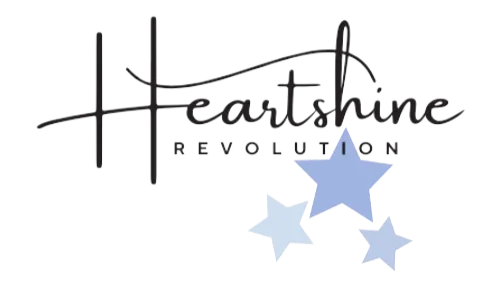
Feed Yourself Challenges — Strengthening Imagination, Not Just Manifesting
I’ve been studying more of Neville Goddard lately, and a fascinating distinction keeps sticking with me: the difference between using imagination to manifest goals and using goals to build your imaginative power. The two are related, but energetically very different.
Most manifestation teachings focus on: imagine the end result, feel it vividly, bring it into your life. That’s powerful, and I use it. But what if instead we begin to see challenges, limitations, obstacles not as enemies, but as the gym for our imagination?
I like to say—sometimes with surprise—that I eat challenges for breakfast. When difficulty shows up, it’s not just something to overcome. It’s an opportunity to imagine your way through, to expand your creative capacity. The limitation becomes your canvas, and your consciousness must stretch to meet it.
Two Ways to Relate to Goals

It helps to see the contrast:
In the first way, you imagine a goal → you align with it → you aim to manifest it. The goal is the object.
In the second way, you take on a goal or challenge, not just to achieve it, but to stretch your imaginative “muscle”. The goal becomes the training ground.
In the latter posture:
You welcome resistance as feedback, not failure.
You use the felt absence of possibility to motivate your imaginative leap.
You grow not just when things go smoothly—but especially when things get messy.
Why This Matters in Healing or Transformation Work
If you’re a coach, healer, or transformation guide, your imaginative resilience is part of your “infrastructure.” When your imagination is strong under pressure:
You can hold space for others in crises because you’ve imagined through storms yourself.
You don’t collapse at setbacks—each obstacle becomes an invitation, not a roadblock.
You model for clients what it looks like to operate with creative sovereignty, even in uncertainty.
Practices to Train Imaginative Resilience

Here are some ways to shift into this posture yourself, and what you can offer clients:
Pick a stretch goal
Choose something just beyond your comfort zone—a bold creation, new offering, or personal challenge. Let the discomfort be part of the work.Imagine through, not just toward
When stuck, close your eyes and envision yourself navigating the difficulty. Imagine the steps, the resourcefulness, the momentum. Feel your way through the “middle act.”Journal the resistance
Write down the fears, constraints, the voices that say “you can’t.” Then, beside those, imagine responses, solutions, openings. Let your imagination speak more boldly than your fear.Hold the dual vision
In your daily practice, hold both the goal and the becoming. Not only “I have this,” but “I am growing into being able to hold this.” Let process carry equal weight with outcome.Revisit past challenges
Think of moments you overcame something hard. What imaginative vision, faith or creative possibility carried you through? Trace that thread forward into new challenges.Reframe “failed” goals
When a goal doesn’t turn out as expected, instead of labeling it failure, ask: What imaginative capacity did I grow in the attempt? What did I learn about myself, about possibility?
Imagination isn’t just a tool to get what you want. It’s your inner horizon, your capacity to open to what’s unseen, and the medium through which you evolve. When you shift your orientation from “manifest my goals” to “train my imaginative power,” life becomes richer, wilder, more alive.
If this resonates with you — if you feel that the weight of childhood wounds, toxic dynamics, or familial patterns has dimmed your vision and muffled your capacity to feel elevated — I invite you to join my free masterclass: “The 4-Step Method to Break Toxic Cycles & Become the Coach You Were Meant to Be.”

